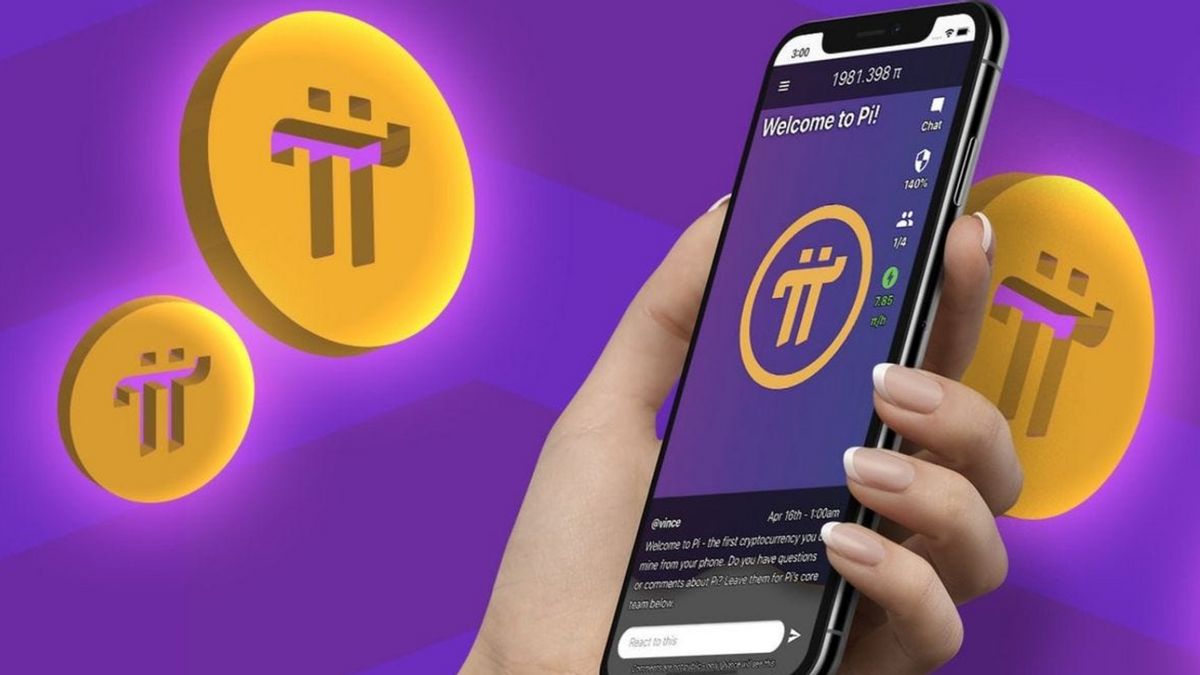Crypto vs Fiat: A Comprehensive Overview
The financial world is currently experiencing a transformative shift with the emergence of cryptocurrencies. This new form of digital currency has sparked widespread debates about its potential to replace traditional fiat currencies. To understand the difference between crypto and fiat currencies, it’s essential to break down their definitions, origins, uses, benefits, and risks.
What is Fiat Currency?
Fiat currency refers to money that has no intrinsic value and is not backed by a physical commodity like gold or silver. Instead, its value is derived from the trust and authority of the government that issues it. The term “fiat” comes from the Latin word for “let it be done,” signifying that the value of this currency is established by government decree.
Fiat currencies include all the traditional forms of money used by governments, such as:
- US Dollar (USD)
- Euro (EUR)
- British Pound (GBP)
- Japanese Yen (JPY)
These currencies are typically used in everyday transactions, from purchasing goods and services to savings and investments.
What is Cryptocurrency?
Cryptocurrency, on the other hand, is a digital or virtual form of currency that uses cryptography for security. Unlike fiat currencies, cryptocurrencies are decentralized and typically operate on a technology called blockchain, which is a distributed ledger that ensures transparency, security, and immutability of transactions.
The most popular cryptocurrency is Bitcoin (BTC), which was created in 2009 by an anonymous individual or group known as Satoshi Nakamoto. Other prominent cryptocurrencies include:
- Ethereum (ETH)
- Ripple (XRP)
- Litecoin (LTC)
- Cardano (ADA)
Cryptocurrencies can be used for various purposes, including investments, remittances, and as a medium of exchange for goods and services, although acceptance is still limited compared to fiat currencies.
Key Differences Between Crypto and Fiat
1. Centralization vs Decentralization
- Fiat: Fiat currencies are centralized, meaning they are controlled and issued by a central authority, typically the government or central bank of a country. These authorities determine the supply of money and manage monetary policy to control inflation, unemployment, and economic growth.
- Crypto: Cryptocurrencies, in contrast, are decentralized. They are not controlled by any central authority. Instead, they are maintained through a network of computers (also known as nodes) that verify and record transactions on a blockchain. This decentralization eliminates the need for intermediaries like banks.
2. Physical vs Digital
- Fiat: Fiat money exists in both physical (banknotes and coins) and digital (bank deposits, online banking) forms. It is primarily used in traditional financial systems and is accepted globally for transactions.
- Crypto: Cryptocurrencies are purely digital. They exist only in virtual form and are stored in digital wallets. While they can be exchanged for fiat currencies, cryptocurrencies are not physically tangible like traditional money.
3. Supply Control
- Fiat: The supply of fiat currency is controlled by central banks, which can print more money based on the economic conditions. This control allows governments to manage inflation or stimulate the economy by increasing the money supply.
- Crypto: Cryptocurrencies operate on predetermined rules that define their supply. For example, Bitcoin has a maximum supply of 21 million coins, making it deflationary. Many other cryptocurrencies have different supply models, but they are typically designed to be scarce and predictable, which contrasts with the inflationary nature of fiat currencies.
4. Trust and Value
- Fiat: The value of fiat currencies is derived from the trust and stability of the issuing government. If the government fails or the economy faces a crisis, the value of fiat currency can decline rapidly, as seen in cases of hyperinflation (e.g., Zimbabwe, Venezuela).
- Crypto: Cryptocurrencies rely on a different type of trust. Their value is often determined by market demand, investor sentiment, and the technology behind the cryptocurrency. While some cryptocurrencies, like Bitcoin, have shown substantial long-term growth, others are highly volatile and speculative.
5. Regulation and Legal Tender
- Fiat: Fiat currencies are regulated by governments and central banks, and they are considered legal tender, meaning they must be accepted as a form of payment within the country that issues them.
- Crypto: Cryptocurrencies are not universally regulated or accepted as legal tender. Their legal status varies from country to country, with some countries embracing them (e.g., El Salvador), while others ban or restrict their use (e.g., China, India). Cryptocurrencies can be traded freely on exchanges, but they are not yet recognized as mandatory payment methods in most nations.
6. Transaction Speed and Cost
- Fiat: Transactions with fiat currency, particularly through banks, can take time, especially for international transfers. Cross-border payments can involve delays due to intermediary banks, foreign exchange fees, and processing times.
- Crypto: Cryptocurrencies enable faster transactions, particularly for international transfers. Since there is no need for intermediaries, transactions can be completed in minutes or seconds, depending on the cryptocurrency used. However, transaction costs (called gas fees) can vary widely depending on network congestion and the specific cryptocurrency.
7. Security and Privacy
- Fiat: Fiat currencies can be vulnerable to fraud, theft, and counterfeiting, especially in the case of physical cash. Online banking systems also face threats from hacking and identity theft, although banks and governments have implemented stringent measures to combat these risks.
- Crypto: Cryptocurrencies are typically more secure due to their reliance on blockchain technology, which ensures transparency and immutability of transactions. However, crypto wallets and exchanges can still be vulnerable to hacking, and if a user loses access to their private keys, they lose access to their funds. While cryptocurrencies offer greater privacy than fiat currencies in some cases, they are not entirely anonymous, especially with the increasing regulation of cryptocurrency exchanges.
8. Investment and Speculation
- Fiat: Fiat currencies are not typically used as investment vehicles (other than through government bonds or savings accounts). The value of fiat money generally stays stable, though it may experience inflation or deflation.
- Crypto: Cryptocurrencies are often used as speculative investment assets. Due to their volatility, they can experience large price fluctuations in short periods. Many investors view cryptocurrencies like Bitcoin as a store of value or “digital gold,” while others trade them for short-term gains.
Advantages of Crypto Over Fiat
- Decentralization: Crypto operates on decentralized networks, reducing the need for central authorities like banks.
- Transparency and Security: Blockchain technology provides a transparent and immutable ledger, enhancing trust and security.
- Global Reach: Cryptocurrencies can be used anywhere globally without the need for currency conversion or bank fees.
- Lower Transaction Fees: Crypto transactions, especially cross-border, typically have lower fees compared to traditional banking systems.
Advantages of Fiat Over Crypto
- Stability: Fiat currencies are more stable in value and are less susceptible to extreme fluctuations compared to cryptocurrencies.
- Widespread Acceptance: Fiat money is universally accepted and used for daily transactions.
- Regulation and Protection: Governments regulate fiat currencies, offering consumer protection against fraud and theft.
Conclusion
In conclusion, the choice between crypto and fiat depends on individual preferences, the intended use, and risk tolerance. Cryptocurrency offers decentralization, privacy, and an exciting new frontier for financial systems, but it comes with volatility and regulatory uncertainty. On the other hand, fiat currency remains stable, universally accepted, and backed by governments, making it ideal for everyday transactions.
As the crypto market matures and as governments and financial institutions develop frameworks for their integration, the role of cryptocurrencies in the global financial system may continue to grow alongside or even replace traditional fiat currencies in some contexts.




